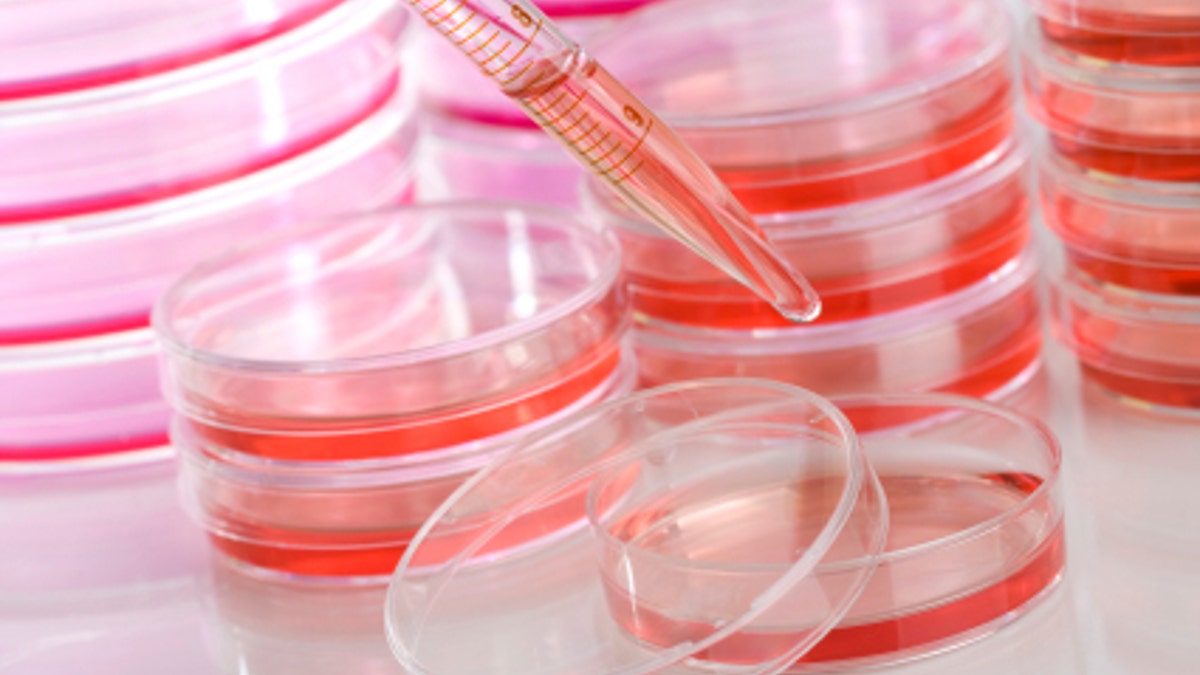
When a piece of muscle in a person’s heart dies from lack of blood flow, it scars over and is lost. But a team of researchers from the Cedars-Sinai Heart Institute in Los Angeles has proven that those muscles may not necessarily be gone forever.
In a ground-breaking study that may change how heart attacks are treated, Dr. Eduardo Marban and his team used stem cells to re-grow damaged heart muscle. In the 17 patients who received the therapy, Marban measured an average 50 percent reduction in the size of the scar tissue
“One of the holy grails in medicine has been the use of medicine to achieve regeneration,” Marban said. “Patients that were treated not only experienced shrinkage of their scars, but also new growth of their heart muscle, which is very exciting.”
The stem cells were not derived from embryos, but instead were developed from the patients’ own hearts. Marban’s team inserted a catheter into the diseased hearts and took a small biopsy of muscle. In the laboratory, the tissue was manipulated into producing stem cells. After a few weeks of marinating in culture, researchers had enough stem cells to re-inject them into the patients’ hearts. Over the course of a year, the stem cells took root in cardiac tissue, encouraging the heart to create new muscle and blood vessels. In other words, the heart actually began to mend itself.
Click here to see an animation of how the process works.
“We’ve achieved what we have achieved using adult stem cells – in this case – actually specifically from a patient’s own heart back into the same patient. There’s no ethical issues with that – there’s no destruction of embryos. There’s no reason to worry about immune rejection."
While similar research has been done using stem cells from bone marrow, this is the first time that stem cells derived from a patient’s own cardiac tissue have been used.
Marban believes this therapy could be broadly used in many of the 5 to 7 million Americans who suffer from heart disease every year. And he said the applications could go well beyond diseased hearts.
“If we can do that in the heart, I don’t see any reason, conceptually, why we couldn’t do it in kidneys for example, or pancreas or other organs that have very limited regenerative capacity,” Marban said.
While the procedure may be a revolutionary medical technique, there are still a few more puzzling questions about the research that Marban would like to investigate further. For example, while the patients grew new heart muscle and saw a dramatic reduction in scar tissue, the actual function of their hearts did not show a significant improvement. And it appeared the stem cells themselves may not have turned into cardiac muscle, but rather they stimulated the heart to produce new muscle cells.
Because this was a “Phase 1” study, it was really meant to measure whether the procedure was safe. Of the 17 patients who were given the stem cell injections, six experienced “serious adverse events,” but only one was regarded to be possibly related to the treatment.
The potential success of this research could hold a lot of promise for the millions of Americans who suffer from heart disease each and every year, which is the leading cause of death in the United States. If his future experiments yield the same results as this initial study, Marban believes he could be offering this therapy to patients within four years – and that could go a long way in mending all of America’s broken hearts.
